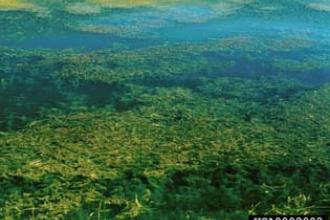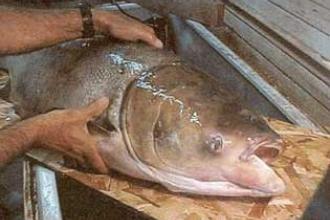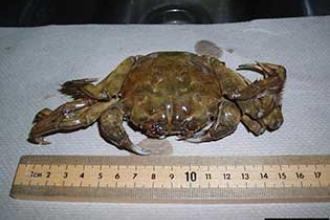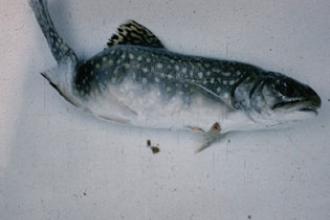Aquatic Invasives
Aquatic (water-dwelling) invasive species are non-native plants, animals, and other organisms that have evolved to live primarily in water (aquatic habitats) rather than on land (terrestrial habitats). Aquatic habitats are habitats that are covered with water all or part of every year. From oceans to bogs, many types of aquatic habitats exist.
Aquatic invasive plants include algae, floating plants, submersed plants, and emergent plants. Aquatic invasive animals include insects, fish, reptiles, mollusks, crustaceans, and amphibians. Other aquatic invasive organisms include pathogens (disease-causing organisms), such as molds, fungi, bacteria, and viruses. (Source - eXtension: Aquatic (Water-Dwelling) Invasive Species)
Species Information Disclaimer
NISIC provides general information about species considered to be invasive and our information does not have any regulatory implications. There are more than 6,500 invasive species established across the United States. The large numbers of invasive species prevent us from maintaining detailed information on all invasive species. In addition, determining the invasiveness of a species depends on a number of local factors, including type of habitat. The species profiles included on NISIC's site are intended to be an educational resource and should not be considered to be an official list of invasive species by the U.S. Department of Agriculture.




